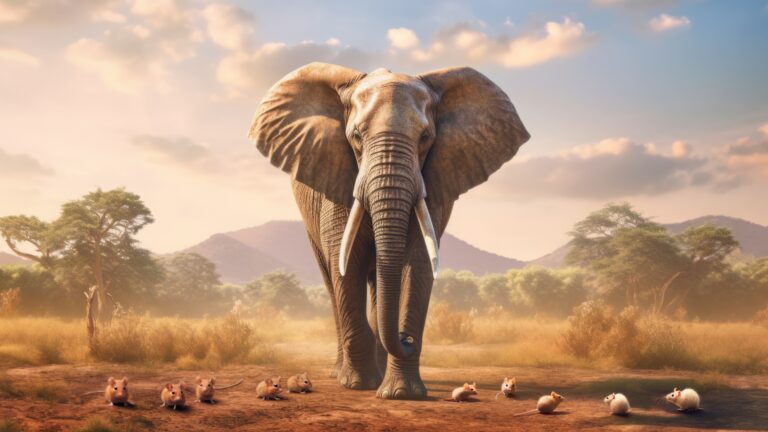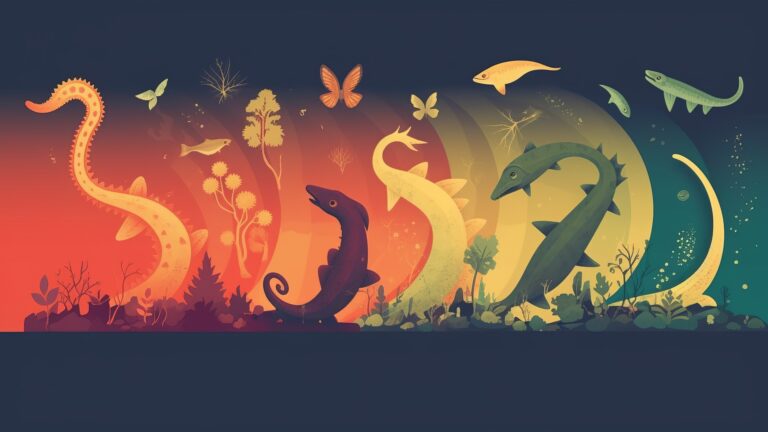In Batesian Mimicry, a harmless species evolves to resemble a harmful one, thereby deterring predators. First articulated in 19th-century scientific research, this form of mimicry is governed by natural selection and frequently manifests in regions of high ecological diversity.
Definition
Batesian Mimicry is a form of biological mimicry where a harmless species evolves to resemble a harmful or toxic species, thereby gaining protection from predators who avoid the toxic model.
Historical Context
First described by English naturalist Henry Walter Bates in 1862 during his studies on butterflies in the Amazon rainforest.
Types of Organisms Involved
- Model: The toxic or harmful species that is being mimicked.
- Mimic: The non-toxic or harmless species that evolves to resemble the model.
Key Elements
- Resemblance: The mimic adopts one or more traits of the model. Traits could be color, shape, sound, or behavior.
- Selective Pressure: Predators who mistake the mimic for the model suffer less, giving them a learning opportunity. Mimics benefit from reduced predation.
- Evolutionary Convergence: Over time, natural selection favors mimics that more closely resemble the model.
Mechanism
- Initial Variation: Within a population of potential mimics, some individuals will naturally resemble the model more than others.
- Survival Advantage: Those that more closely resemble the model are less likely to be eaten.
- Reproductive Success: The more convincing mimics pass their traits on to the next generation.
Ethical Implications
Batesian Mimicry often relies on the presence of the toxic model species for its efficacy, which can create complex conservation dynamics.
Geographical Distribution
More common in regions with high species diversity, such as tropical rainforests.
Examples
- Hoverflies and Wasps: Hoverflies (harmless) mimic the coloration and patterns of wasps (harmful) to deter predators.
- King Snake and Coral Snake: In North America, the harmless King Snake mimics the color pattern of the venomous Coral Snake.
Limitations and Costs
- Imperfect Mimicry: Not all mimics are perfect copies, and some predators may learn to distinguish between the model and the mimic.
- Resource Allocation: Energy and resources spent on developing mimetic traits could be used for other survival mechanisms, such as speed or camouflage.
Fields of Study Involved
Ethology, evolutionary biology, ecology, and genetics among others, contribute to the understanding of Batesian Mimicry.





